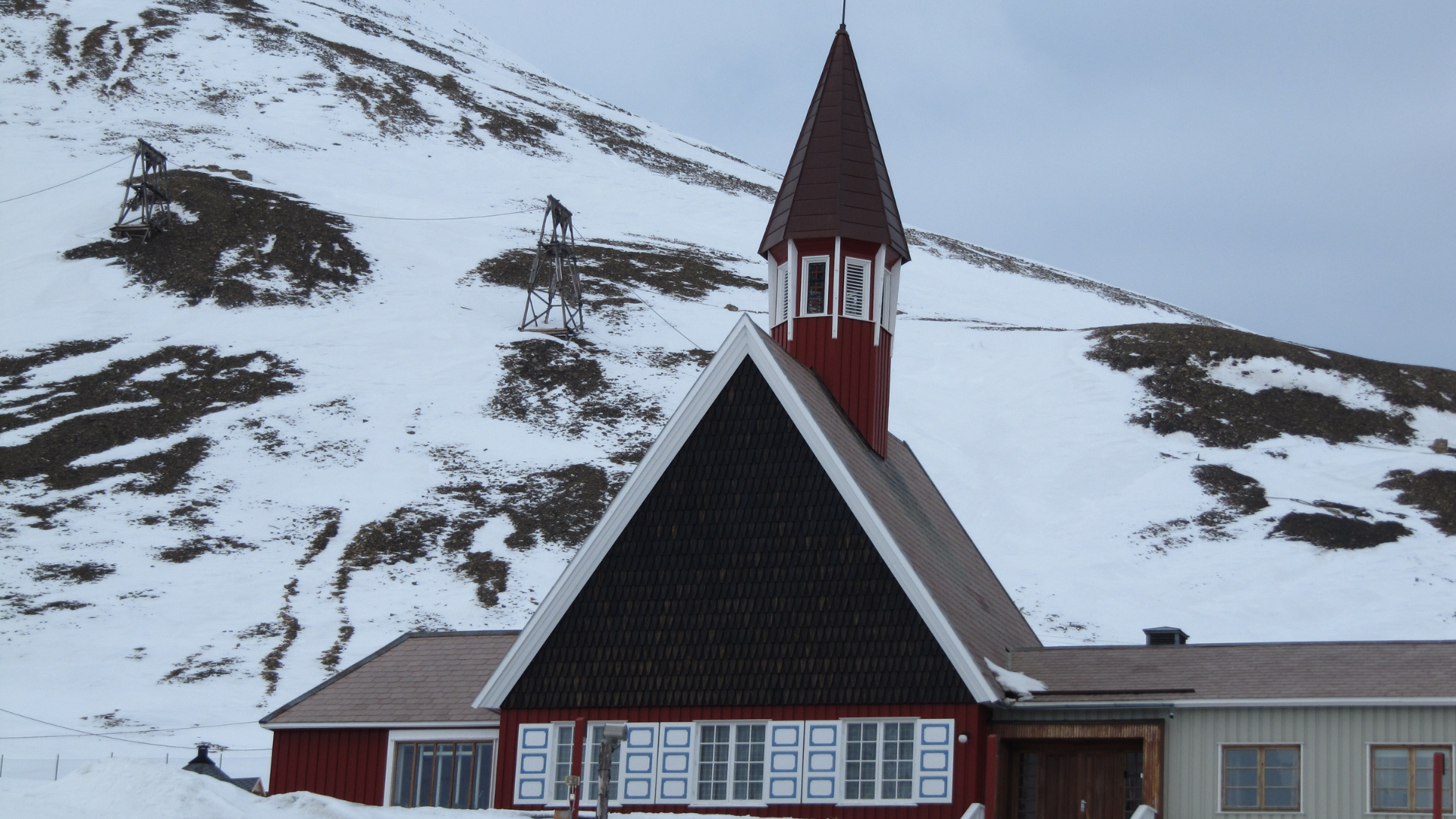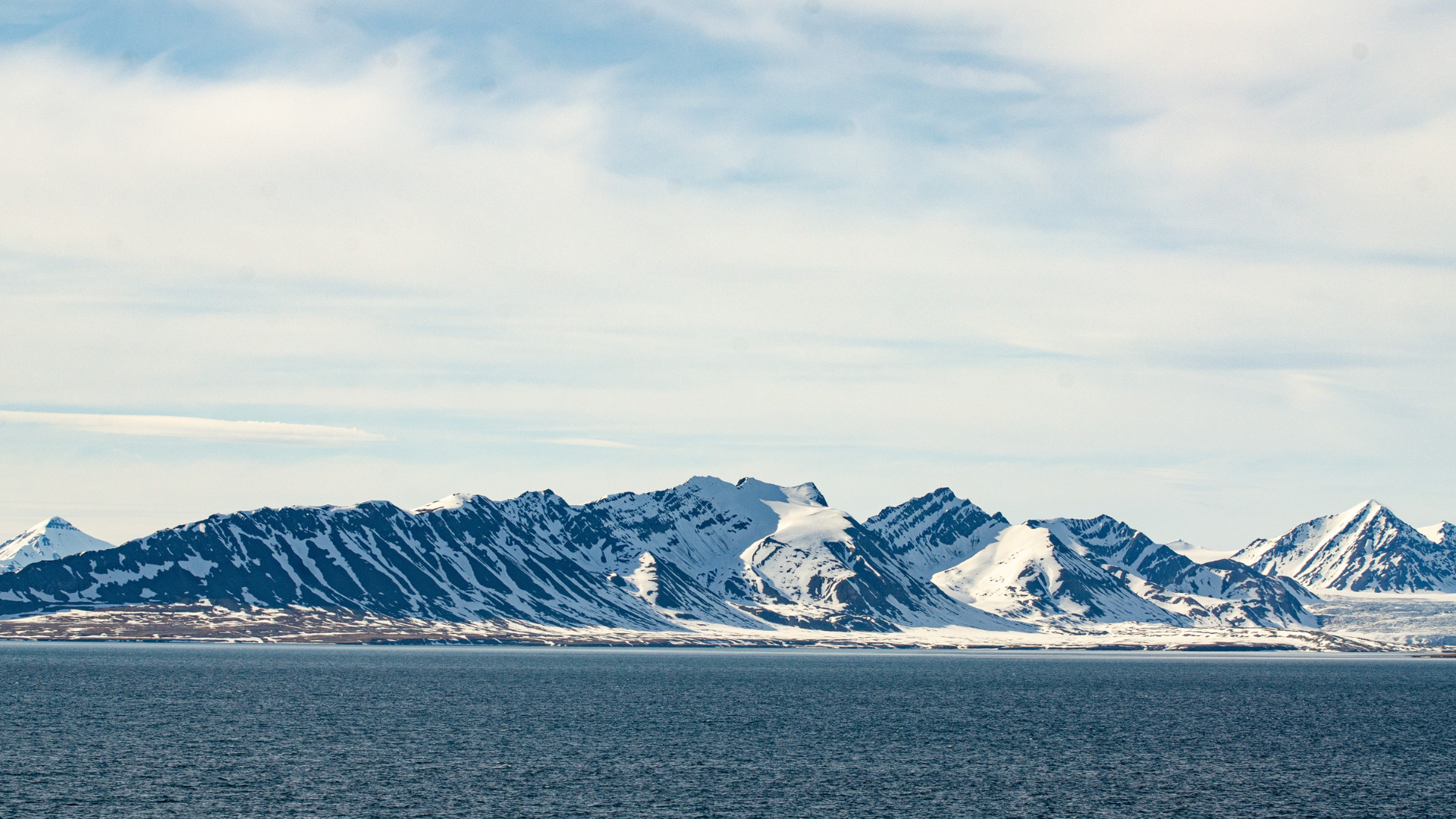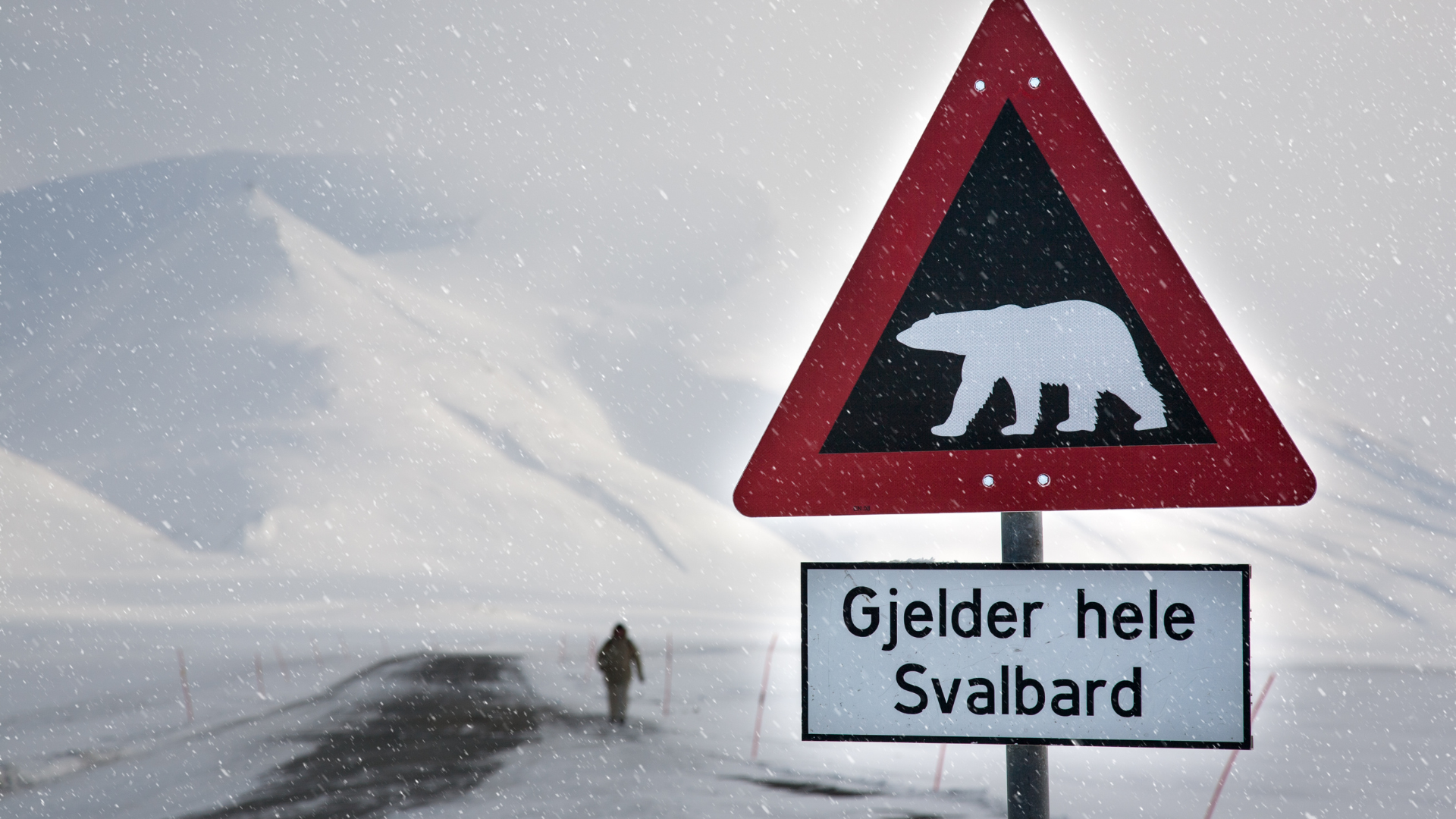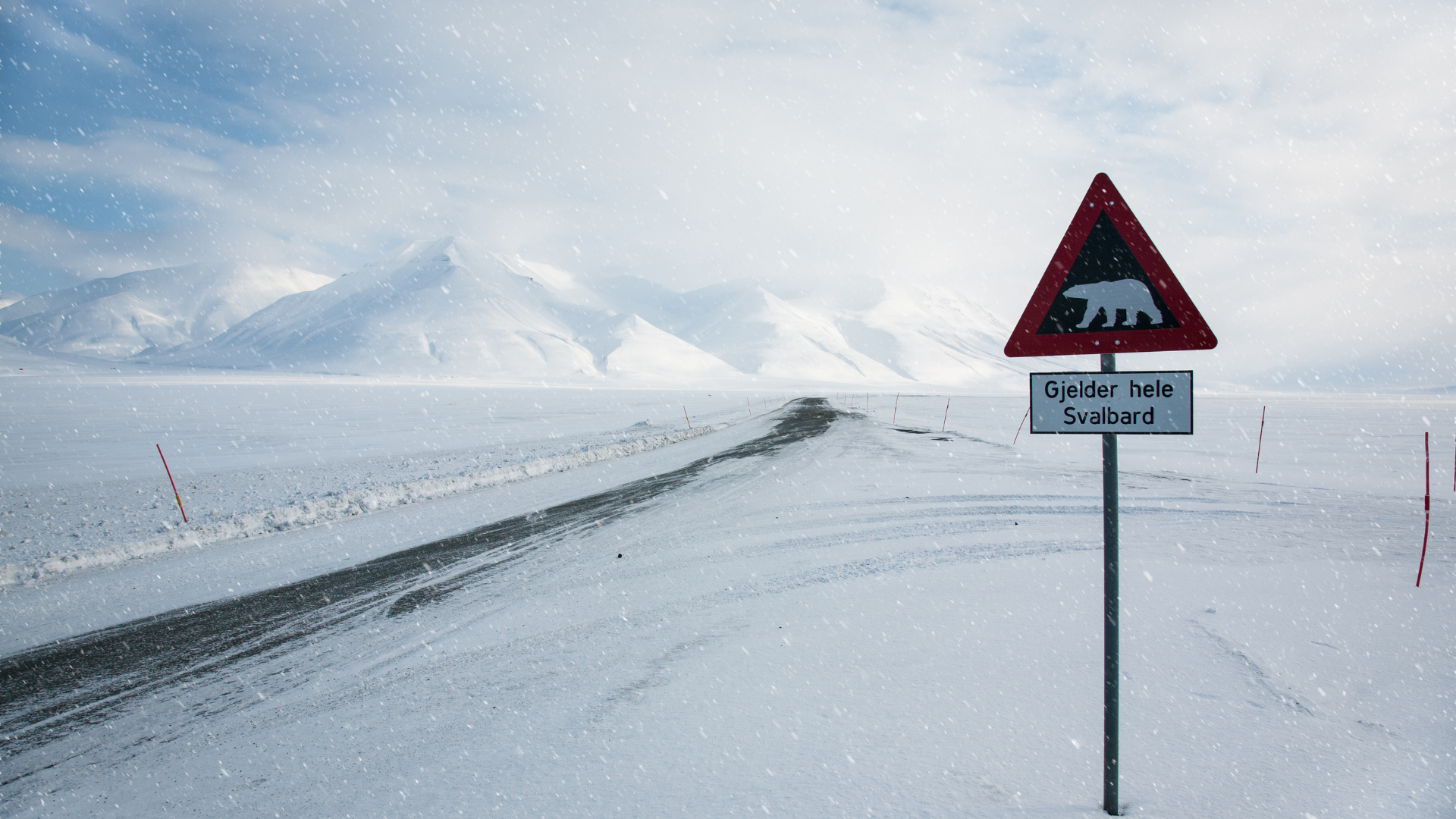Svalbard Weather in March
Svalbard Weather in March
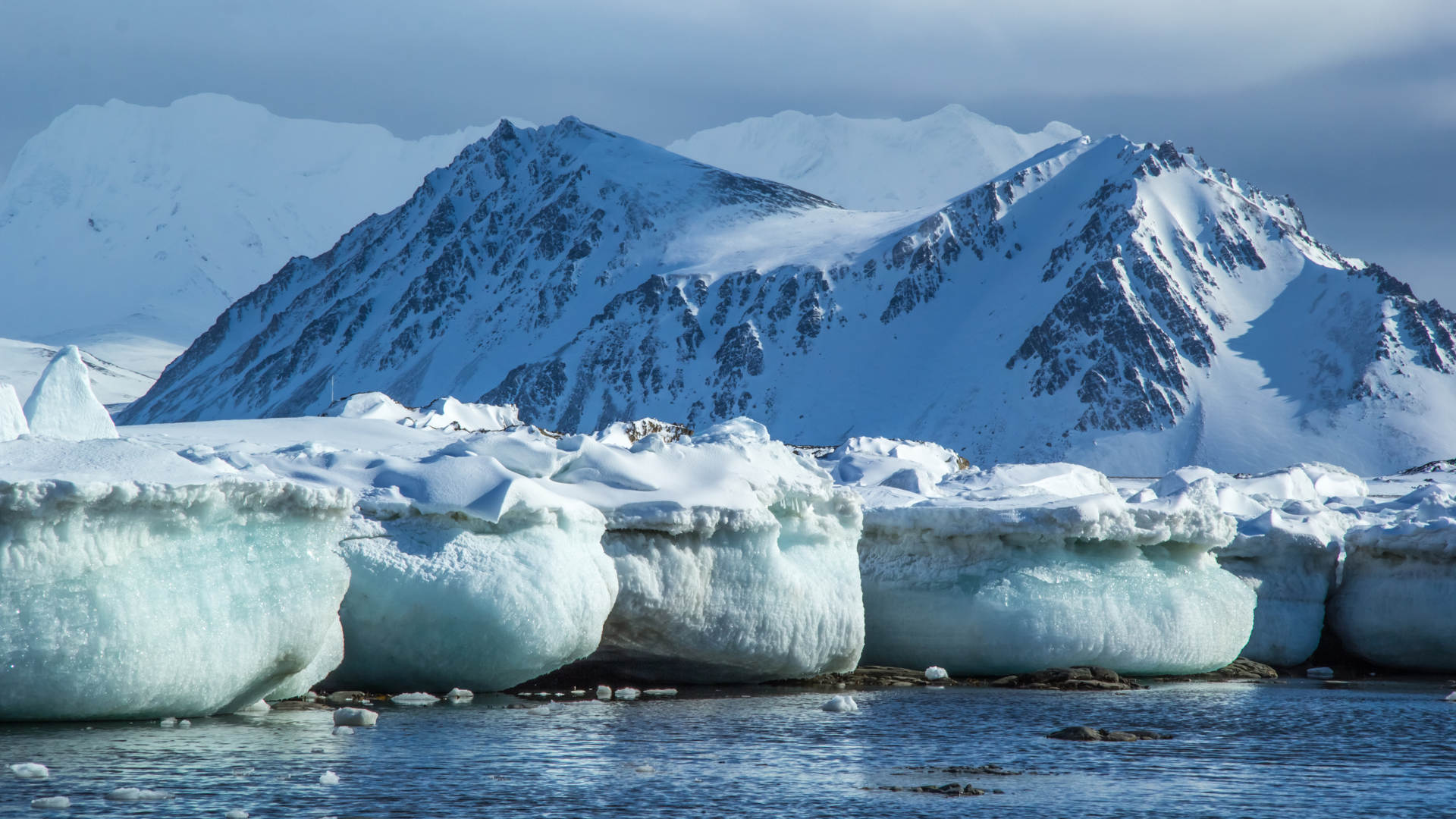
As March rolls into Svalbard, the archipelago emerges from the long, dark winter with a slow but steady increase in daylight. Nestled in the Arctic Ocean, halfway between mainland Norway and the North Pole, Svalbard's weather in March is a blend of harsh winter conditions and the first signs of spring. The temperatures during this month typically range from -20°C to -5°C (-4°F to 23°F), but the feeling of cold is exacerbated by the ever-present Arctic wind. These conditions make for a unique and often challenging experience for both the residents and the adventurous visitors who dare to explore this remote region.
One of the most striking features of Svalbard's March weather is the return of daylight. After months of polar night, when the sun does not rise above the horizon, March brings a phenomenon known as the "return of the light." Initially, this manifests as a faint, dusky glow that gradually brightens with each passing day. By the end of the month, the sun is up for several hours, casting long, golden rays across the snow-covered landscape. This transition period is a visually stunning time, with twilight hues painting the skies in shades of pink, purple, and orange.
The weather in Svalbard during March is notoriously unpredictable. Arctic storms can sweep through with little warning, bringing heavy snowfall and powerful winds that create blizzard conditions. These storms can significantly impact visibility and travel plans, grounding flights and closing roads. The locals, well-versed in the art of Arctic survival, prepare meticulously for such events, ensuring they have ample supplies and suitable gear to weather the storms. For visitors, it's crucial to heed local advice and be prepared for sudden changes in weather.
Despite the challenging weather conditions, March is a popular time for certain activities in Svalbard. The increasing daylight hours and still-cold temperatures create ideal conditions for snowmobiling, dog sledding, and ice caving. Snowmobiling across the vast, frozen tundra provides an exhilarating way to explore the remote areas of the archipelago, while dog sledding offers a more traditional and intimate way to experience the Arctic wilderness. Ice caving, exploring the intricate and otherworldly ice formations within glaciers, is another draw for adventurers.
Wildlife in Svalbard starts to become more active in March. Polar bears, one of the region's most iconic inhabitants, can often be spotted along the ice edges, hunting for seals. It's a critical time for these majestic creatures as they prepare for the leaner months ahead. Arctic foxes, with their thick winter coats, scavenge for food along the shoreline and in the tundra. Seals, having spent the winter months in the relative safety of the sea ice, begin to haul out onto the ice to rest and give birth to their pups.
The landscape of Svalbard in March is a pristine, white wilderness. The snow-covered mountains and glaciers glisten under the emerging sunlight, and the fjords are often still frozen solid. This stark beauty, combined with the changing light conditions, offers unparalleled opportunities for photography. The interplay of light and shadow on the ice and snow creates dramatic and mesmerizing scenes, making it a paradise for photographers and nature enthusiasts alike.
Travel to and within Svalbard in March requires careful planning. The main settlement, Longyearbyen, serves as the primary hub for arrivals and departures. From there, guided tours and expeditions are often necessary to safely explore the more remote parts of the archipelago. The cold temperatures and unpredictable weather mean that proper clothing and equipment are essential. Layering is key to managing body temperature, and specialized Arctic gear is often recommended to protect against the extreme conditions.
Experiencing Svalbard in March is both challenging and rewarding. The harsh weather conditions and remote location mean that only the most prepared and adventurous travelers venture here at this time of year. However, those who do are treated to a unique and unforgettable experience. The combination of increasing daylight, stunning Arctic landscapes, and the chance to witness wildlife in its natural habitat makes March a particularly special time to visit this northernmost part of the world.



